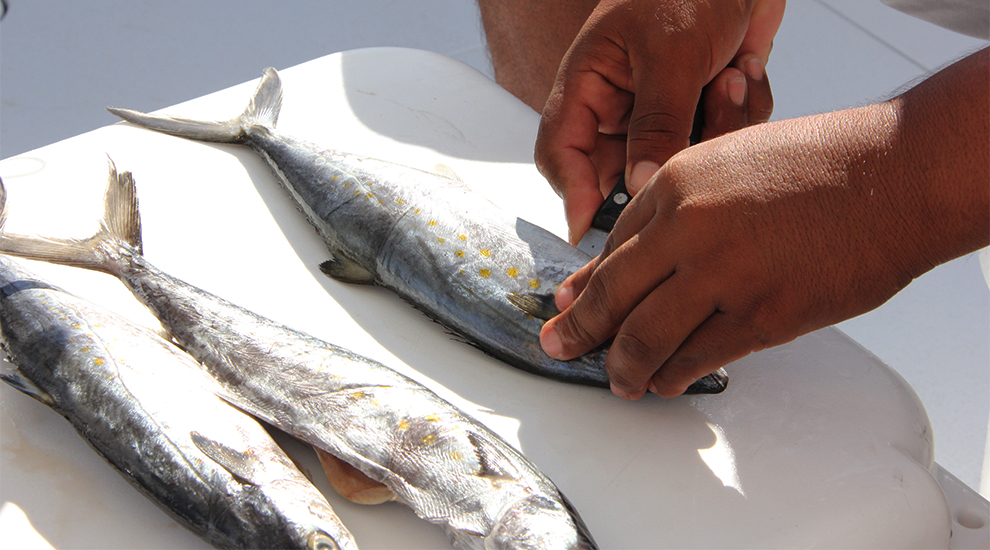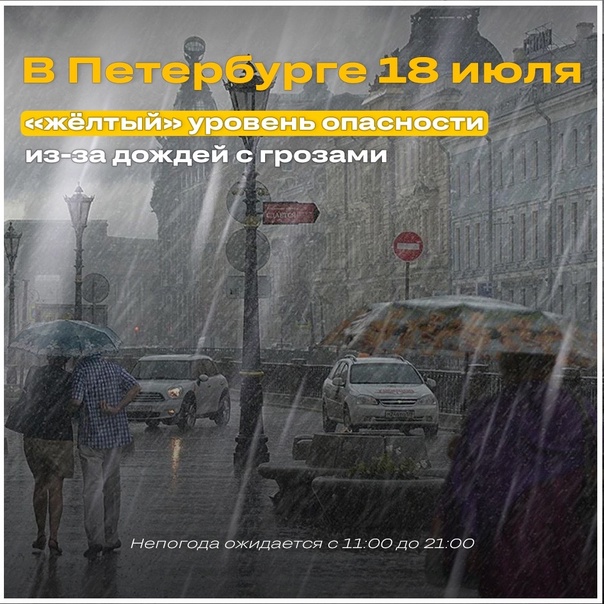Maintaining The Reign: The Story Of Rome's Champion

Table of Contents
Military Might: The Foundation of Rome's Power
Rome's military success was not accidental; it was the product of careful planning and execution. The Roman army, particularly the legions, were a force unlike any other in the ancient world. Their dominance laid the groundwork for Rome's expansion and long-lasting influence.
The Roman Legion: A Force Unlike Any Other
The Roman legion was a highly disciplined and organized fighting force, far surpassing its contemporaries in training, tactics, and logistics. Its effectiveness stemmed from several key factors:
- Superior Training: Roman soldiers underwent rigorous training, mastering various weapons and formations.
- Advanced Weaponry: The gladius, a short sword, and the pilum, a javelin, gave Roman soldiers a significant advantage in close-quarters combat.
- Flexible Tactics: Roman legions could adapt to different terrains and enemy strategies, employing diverse formations like the testudo (tortoise) formation for defense.
- Strong Discipline: Strict discipline and a hierarchical command structure ensured the legions' effectiveness and obedience.
- Logistical Mastery: The Romans excelled in logistics, supplying their armies even during extended campaigns.
- Effective Leadership: Brilliant generals like Julius Caesar and Scipio Africanus masterfully led their legions to victory.
The Punic Wars against Carthage, and the Gallic Wars under Caesar, showcase the legion's unmatched capabilities. These campaigns resulted in the conquest of vast territories and the consolidation of Rome's power. Caesar's innovative strategies and his legions’ relentless efficiency are testaments to the power of the Roman military machine.
Conquest and Expansion: Building an Empire
Roman military victories fueled an unprecedented expansion. The acquisition of new territories brought not only increased wealth and resources but also manpower for the legions. This expansion was achieved through:
- Strategic Alliances: Rome skillfully forged alliances with conquered peoples, sometimes offering citizenship in exchange for loyalty.
- Effective Siege Warfare: Roman engineers were masters of siege warfare, developing sophisticated siege engines and tactics to overcome fortified cities.
- Infrastructure Development: The construction of roads, aqueducts, and other infrastructure facilitated communication, trade, and military movements throughout the empire.
- Subjugation of Conquered Peoples: While alliances were preferred, Rome was not hesitant to brutally subjugate those who resisted its expansion.
The impact of conquest was profound. The influx of resources enriched Rome, while the influx of people contributed to its cultural diversity – though often at the cost of the conquered peoples' autonomy and traditions.
Political and Social Structures: Maintaining Internal Stability
Rome's military successes were complemented by its relatively stable political and social structures, which – despite periods of upheaval – contributed to its longevity.
The Roman Republic and its Evolution
The Roman Republic, with its Senate and various assemblies, initially provided a framework for government. However, internal power struggles between patricians (the aristocratic class) and plebeians (the commoners) often destabilized the system. This eventually led to the rise of emperors and the transition to an empire.
- Senate's Role: The Senate played a crucial role in advising and enacting legislation, although its power fluctuated throughout the Republic and Empire.
- Power Struggles: Conflicts between patricians and plebeians, often centered on land ownership and political representation, frequently threatened stability.
- Rise of Emperors: The increasing instability of the late Republic paved the way for the rise of powerful emperors, who centralized power and established the Roman Empire.
- Development of Roman Law: Roman law, with its emphasis on codified rules and procedures, provided a framework for order and justice, crucial for a vast and diverse empire.
The transition from Republic to Empire was pivotal, marking a shift from a theoretically representative system to an autocratic one. This change brought both benefits, such as greater stability and efficiency, and drawbacks, like the suppression of dissent and the potential for tyranny. Figures like Augustus, who transitioned the Republic into the Empire, played key roles in shaping this era.
Social Cohesion and Roman Citizenship
Roman citizenship was a powerful tool for maintaining social cohesion and consolidating the empire. Granting citizenship to conquered peoples fostered a sense of belonging and loyalty.
- Granting of Citizenship: The strategic extension of Roman citizenship to conquered populations helped integrate them into the empire.
- Role of Religion and Public Works: Public works like temples, baths, and amphitheaters, combined with state-sponsored religious festivals, promoted social unity and a sense of shared identity.
- Development of Roman Culture and Identity: The spread of Roman language, law, and cultural practices throughout the empire contributed to a shared sense of Roman identity.
The concept of Romanization, the adoption of Roman culture by conquered peoples, was a key factor in unifying the vast and diverse empire. However, this process was uneven, and resistance to Roman dominance persisted in many regions.
Economic Prosperity: Fueling the Machine
Rome's economic strength played a crucial role in supporting its military might and maintaining internal stability.
Trade and Commerce: Connecting the Empire
Rome’s extensive trade networks were essential to its economic dominance. The empire benefited from:
- Sea Trade: The Roman navy secured vital sea routes, ensuring the flow of goods from across the Mediterranean and beyond.
- Land Routes: An elaborate network of roads facilitated trade across the vast landmass of the empire.
- Infrastructure Development: Ports, roads, and warehouses all supported the massive scale of Roman trade.
- Standardization of Currency: A standardized currency facilitated transactions and commerce throughout the empire.
- Impact of Trade on Roman Society: Trade contributed significantly to the wealth and prosperity of Rome, enriching the elite and providing goods for the general population.
Goods flowed throughout the empire, connecting distant regions and enriching the economy. Trade routes stretched from Britain to Egypt and beyond, bringing in a diverse array of goods.
Agriculture and Resource Management: Sustaining the Population
Rome's agricultural system was crucial for sustaining its large population.
- Farming Techniques: Roman farmers employed advanced techniques like crop rotation and irrigation to maximize yields.
- Land Ownership: Land ownership was a significant source of wealth and power, leading to both prosperity and social stratification.
- Food Distribution: Effective systems for storing and distributing grain were critical in providing food for the urban centers.
- Importance of Grain Production: Grain, particularly wheat, was the staple crop, essential for feeding the empire's population.
- Impact of Climate and Environment: Climate and environmental factors, such as droughts and floods, could significantly impact agricultural production and stability.
Feeding millions of citizens required sophisticated agricultural practices and effective food distribution systems. Challenges to food security sometimes led to social unrest.
Conclusion
Rome's Champion, through a combination of military might, efficient political and social structures, and economic prosperity, achieved a remarkable level of dominance. Understanding the strategies employed by Rome offers valuable insights into empire building and maintenance. While internal strife and external pressures eventually led to its decline, the legacy of Rome’s Champion continues to resonate through history, shaping political and military strategies to this day. To further explore the intricacies of this fascinating civilization, delve into further research on the rise and fall of Rome's Champion and discover its enduring impact. Learn more about the strategies that made Rome's Champion a dominant force for centuries!

Featured Posts
-
 Roland Garros Alcaraz And Swiatek Begin Their Campaigns
May 28, 2025
Roland Garros Alcaraz And Swiatek Begin Their Campaigns
May 28, 2025 -
 Rayan Cherki To Liverpool Lyon Stars Transfer Nears Completion
May 28, 2025
Rayan Cherki To Liverpool Lyon Stars Transfer Nears Completion
May 28, 2025 -
 Cuaca Jawa Tengah Besok 24 April Peringatan Hujan Sore
May 28, 2025
Cuaca Jawa Tengah Besok 24 April Peringatan Hujan Sore
May 28, 2025 -
 Improved Marlin Catch Rates With Torpedo Bats
May 28, 2025
Improved Marlin Catch Rates With Torpedo Bats
May 28, 2025 -
 Gabby Agbonlahor Arsenal To Join Race For Premier League Star
May 28, 2025
Gabby Agbonlahor Arsenal To Join Race For Premier League Star
May 28, 2025
Latest Posts
-
 Mada Vazhnye Preduprezhdeniya O Neblagopriyatnykh Pogodnykh Usloviyakh V Izraile
May 30, 2025
Mada Vazhnye Preduprezhdeniya O Neblagopriyatnykh Pogodnykh Usloviyakh V Izraile
May 30, 2025 -
 Silnoe Preduprezhdenie Mada Iz Za Ekstremalnykh Pogodnykh Usloviy V Izraile
May 30, 2025
Silnoe Preduprezhdenie Mada Iz Za Ekstremalnykh Pogodnykh Usloviy V Izraile
May 30, 2025 -
 Preduprezhdenie Mada O Nepogode V Izraile Ekstrennye Mery Bezopasnosti
May 30, 2025
Preduprezhdenie Mada O Nepogode V Izraile Ekstrennye Mery Bezopasnosti
May 30, 2025 -
 Izrail Mada Preduprezhdaet Ob Opasnosti Ekstremalnykh Pogodnykh Usloviy
May 30, 2025
Izrail Mada Preduprezhdaet Ob Opasnosti Ekstremalnykh Pogodnykh Usloviy
May 30, 2025 -
 Ekstrennoe Preduprezhdenie Mada Ekstremalnye Pogodnye Usloviya V Izraile
May 30, 2025
Ekstrennoe Preduprezhdenie Mada Ekstremalnye Pogodnye Usloviya V Izraile
May 30, 2025
